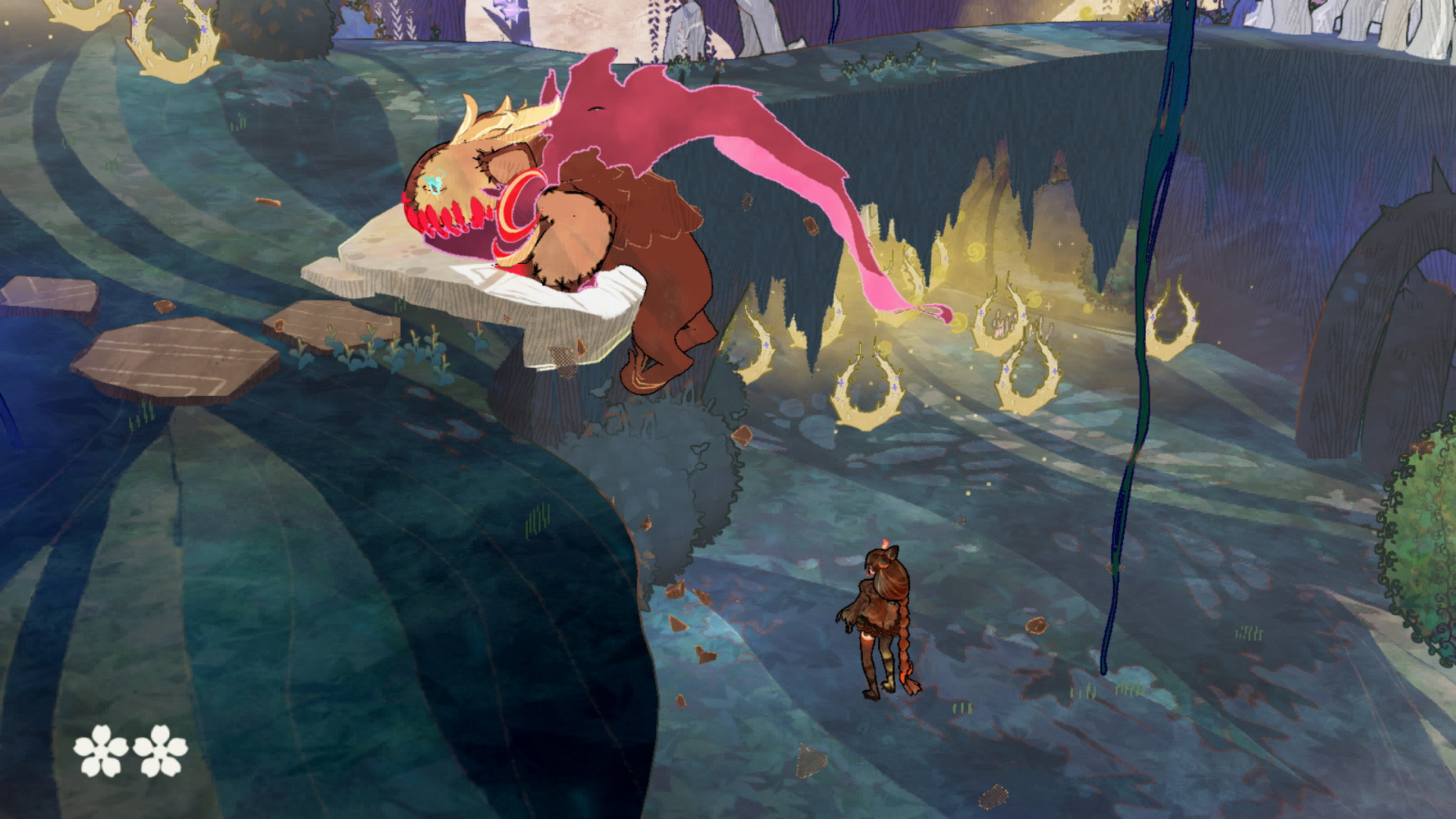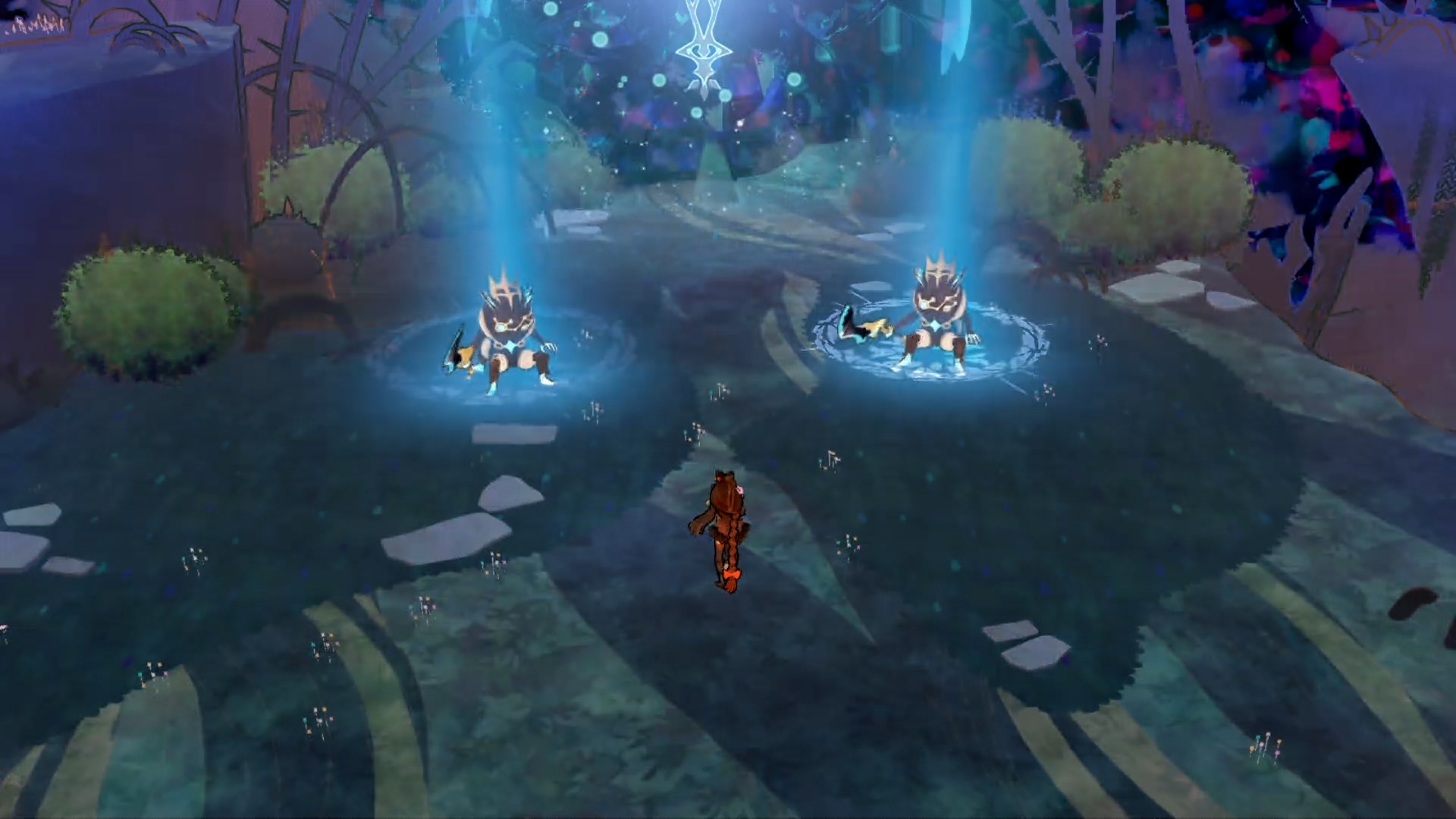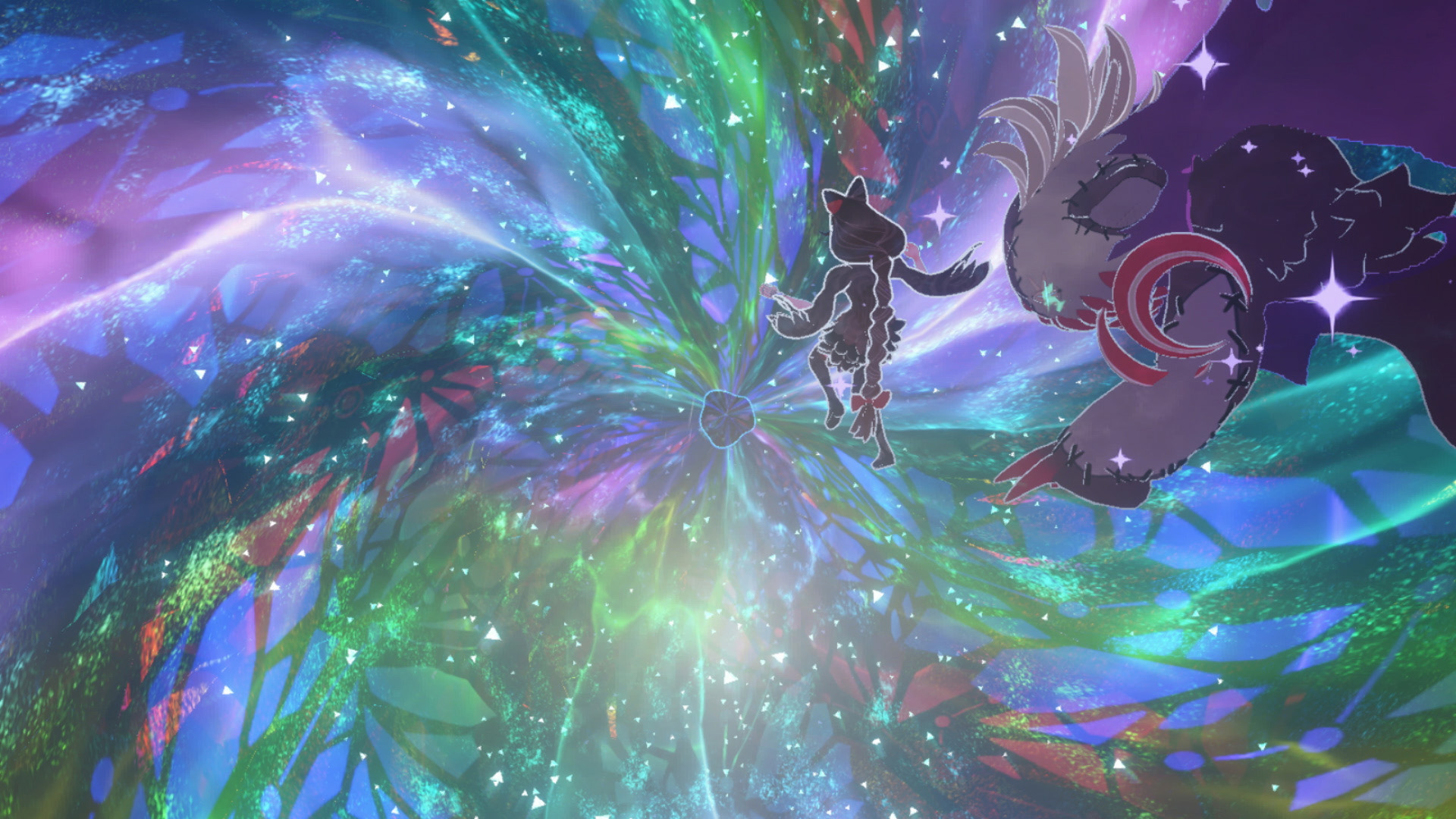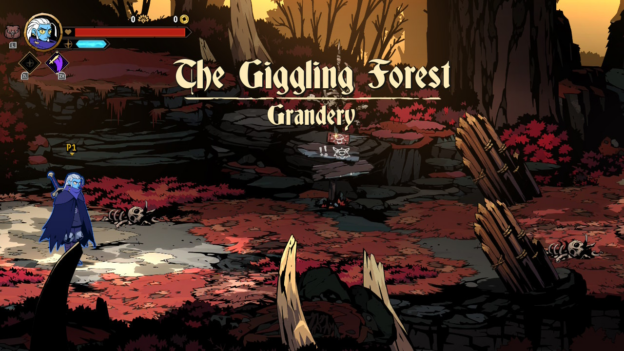Review: Bayonetta Origins: Cereza & the Lost Demon (Nintendo Switch)
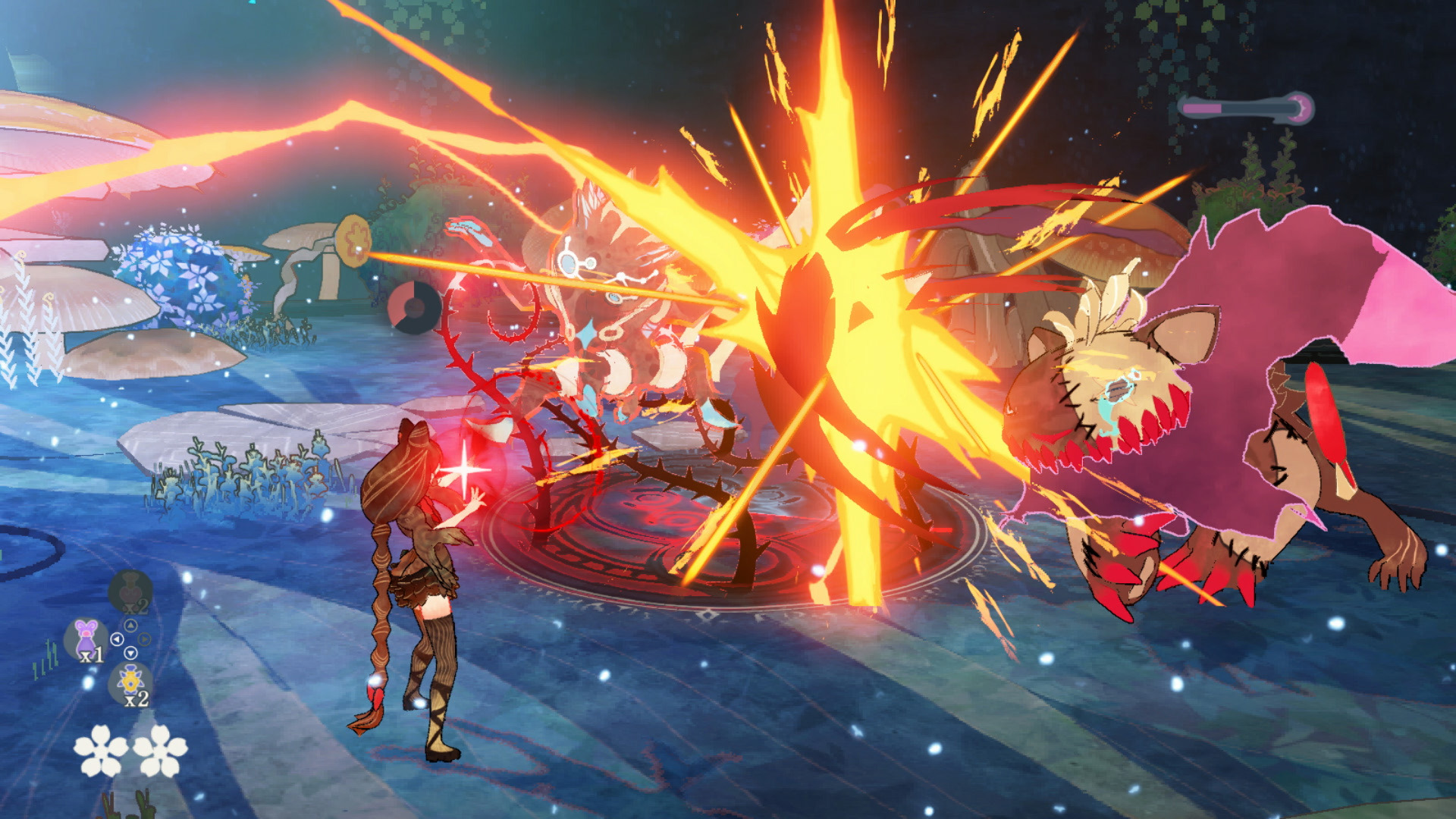
Hands up—how many Bayonetta fans out there were hoping for a game centered around her teenage years? I know I wasn’t. As we’ve learned from the ’90s Flash Gordon cartoon and those Star Wars prequels, turning adult characters into teenagers can only lead to crushing disappointment.
But here’s the thing; Bayonetta Origins: Cereza & the Lost Demon is a great game. I’ll even argue it’s better than Bayonetta 3. If that offends, I urge you to download the demo and try it before asking to speak to my editor-in-chief.
In Bayonetta Origins, our young heroine—here named Cereza—has taken refuge with a master witch named Morgana. Cereza is learning the art of witchcraft from Morgana while dreaming of rescuing her mother who was imprisoned for having an illicit relationship with an angel. A polite, eager student, Cereza grows weary of the lack of praise from and action by Morgana. So, when a mysterious boy appears in Cereza’s dreams to encourage her to explore the forbidden Avalon Forest, Cereza immediately sets out on her adventure.
Although not by choice, Cereza doesn’t make the journey alone. An early spell goes wrong, and she inadvertently summons a demon into her stuffed animal: Cheshire. The demon is not happy with the situation, but Cereza doesn’t know how to free it. So, the two have no choice but to adventure together—Cereza, to free her mother, Cheshire, to return to the underworld.
Gameplay then centers around the simultaneous control of these characters. Cereza will follow a guided path (albeit with numerous splinters) as she progresses through the forest, encountering plenty of obstacles along the way. These are split between environmental puzzles and enemies to fight. Both require a combination of Cereza and Chesire to overcome. Cereza is controlled with the left side of your Joy-Con, Cheshire, with the right.
Movement is handled with the sticks, while actions are taken with the shoulder buttons. ZL allows Cereza to cast spells for various reasons, while RL is Cheshire’s attack trigger. Cereza can cast spells to free up items or open pathways when interacting with the environment, while Cheshire can use brute force to knock down barriers. And as you’d expect in such a game, you’ll often need to use one character to free up the path for another.
The dual control mechanic really shines during combat. For example, Cereza can cast spells that trap an enemy, allowing Cheshire to go to town on it. New abilities for each character are opened up via a skill tree, allowing you to use the two in a way that’s comfortable for you. I often found myself attempting to move Cereza or Cheshire with the wrong stick, but I was otherwise impressed at how quickly I settled into controlling two characters at once. The new mechanics can be awkward to learn and use at first, and it’s easy to forget certain moves if you’ve settled into a routine, but the system never becomes frustrating. In fact, typical Bayonetta fans are sure to find it too easy.
I also like that the developers don’t make us control our heroes individually throughout the whole game. In fact, you can’t progress if you do. Cereza can return Cheshire to its stuffed animal form for her to carry. In this state, Cheshire can perform actions such as latching onto items to slingshot over chasms or stun enemies during combat. There are countless secret items to find throughout the game, and you’ll need to fully utilize Cheshire in all forms to locate them all. These include power-ups and potions that are helpful in combat, so grabbing as many as possible is worth it.
The one drawback to the gameplay is that despite the slow introduction of new abilities, the general feel never really changes. Combat at the start feels like combat at the end, so—unlike its actual origins—Bayonetta Origins is definitely more of an adventure game than an action title.
The presentation of that adventure, however, is wonderful. The story is told as if reading an illustrated fairy tale, complete with turning pages and an absolutely outstanding narration. Although Cereza and the “mysterious boy” get their own actors, most other characters are handled by the narrator who alters her voice for each as if she’s reading a book to school children…and she really knows what she’s doing. If you’ve ever seen Storybook Classics from Rabbit Ears Entertainment (Denzel Washington reading John Henry or Holly Hunter reading The Three Billy Goats Gruff, for example), you’ll know what I mean. Cereza, likewise, is equally well-voiced; charming and believable when optimistic and determined or frightened when wavering.
The visuals deserve a special mention, too. They’re also presented as storybook illustrations, using saturation and lighting to bring the various locations to life. The colors are quite stunning, too, especially in the Tir na nOg puzzle segments.
This is important because the game does require quite a bit of backtracking. If you’re a completionist, you’ll need to revisit areas to grab items you couldn’t on your first trip through. And with a somewhat ambiguous map, players are likely to spend a good amount of time futilely trying to access tricky areas. The attractive visuals made revisiting areas feel like less of a slog.
Bayonetta Origins: Cereza & the Lost Demon can be completed in 15 to 20 hours, but expect to double that if you want to experience the game in its fullest. However you play through, it’s a unique and unexpected entry in the Bayonetta universe…and one that’s going to cause a lot of confusion for those who enter that universe from here.


